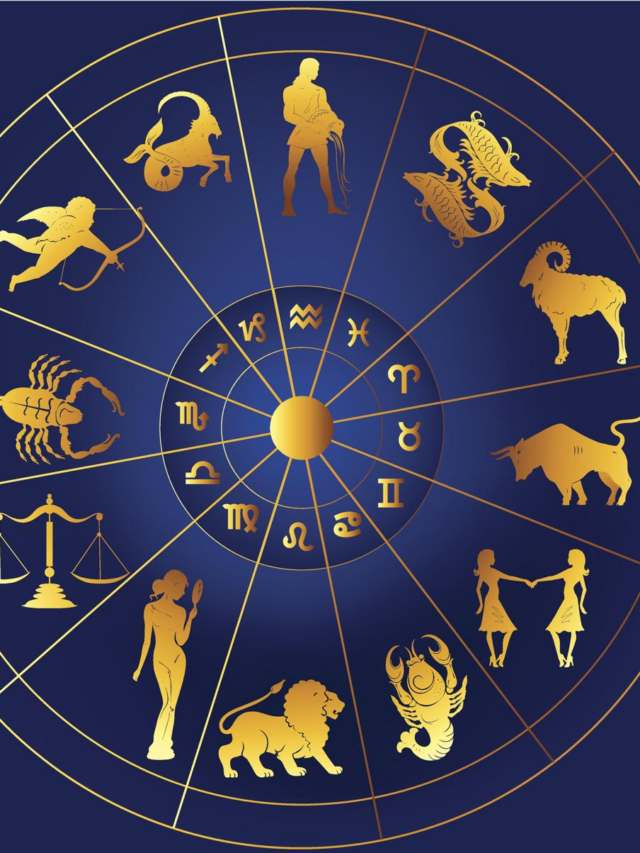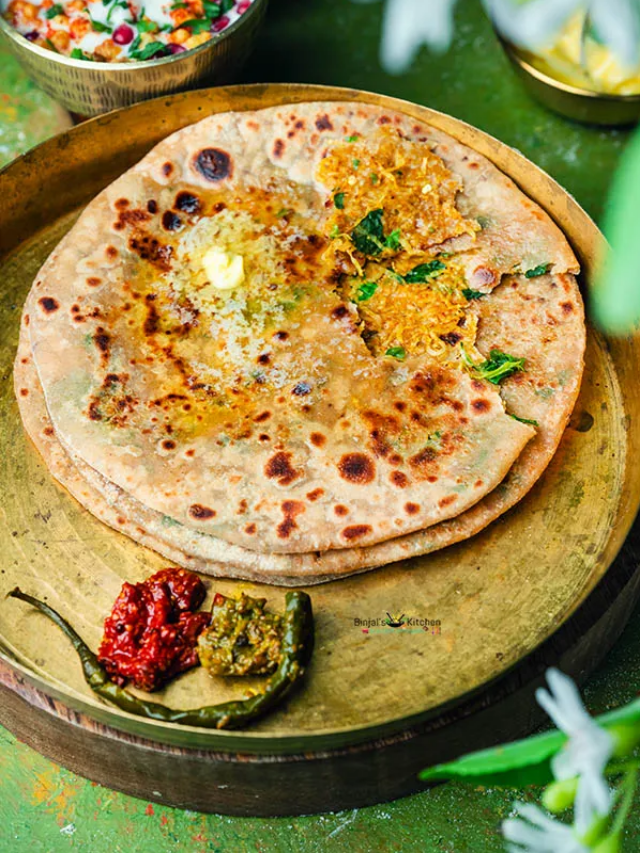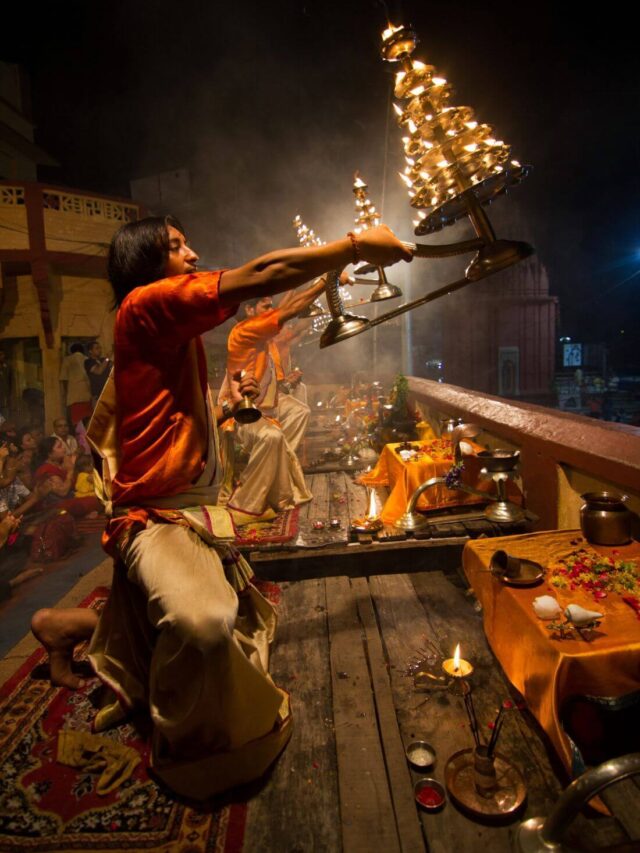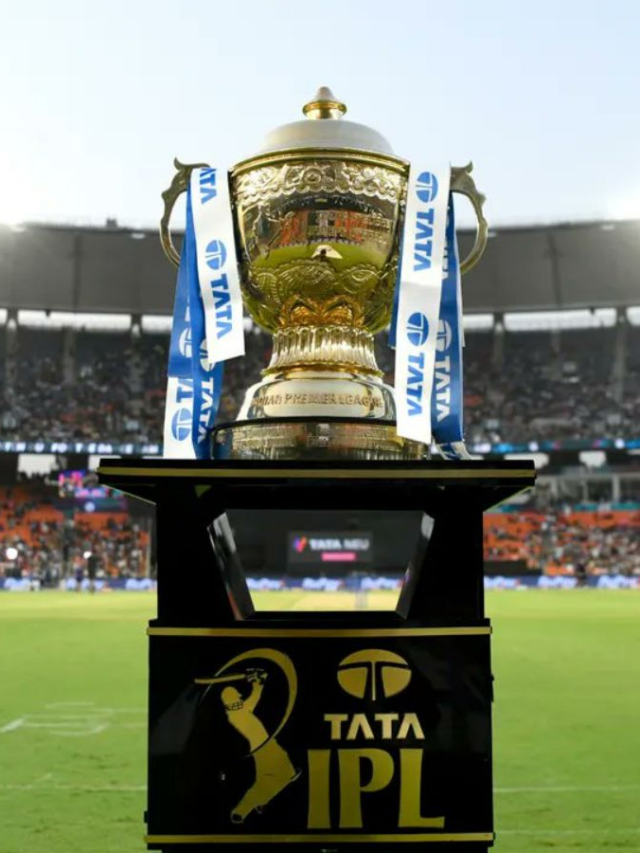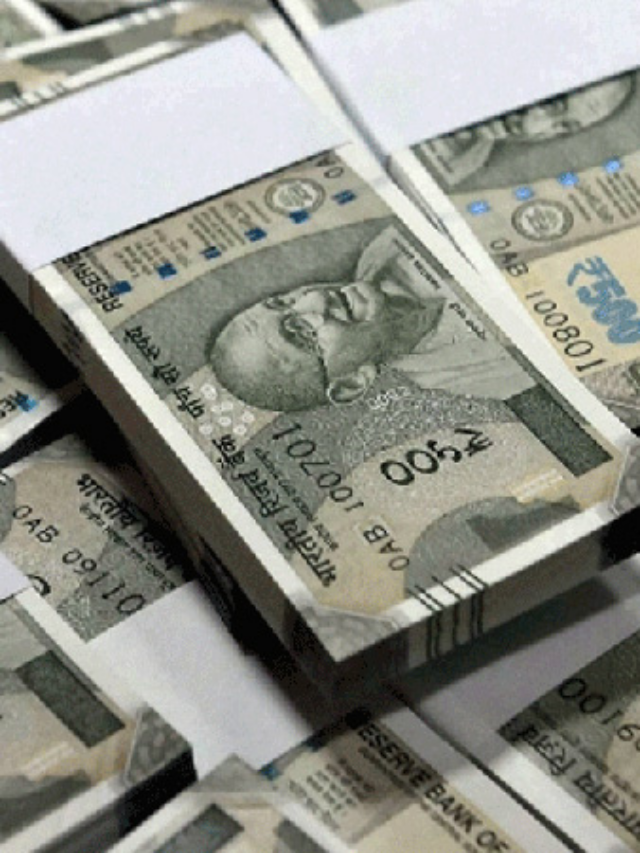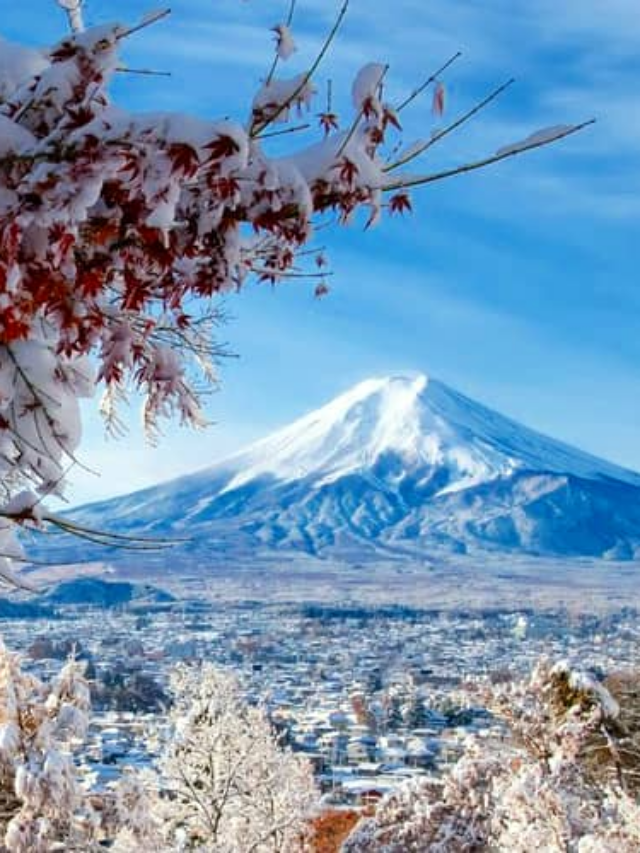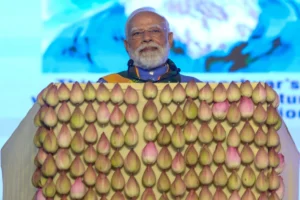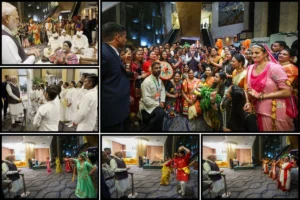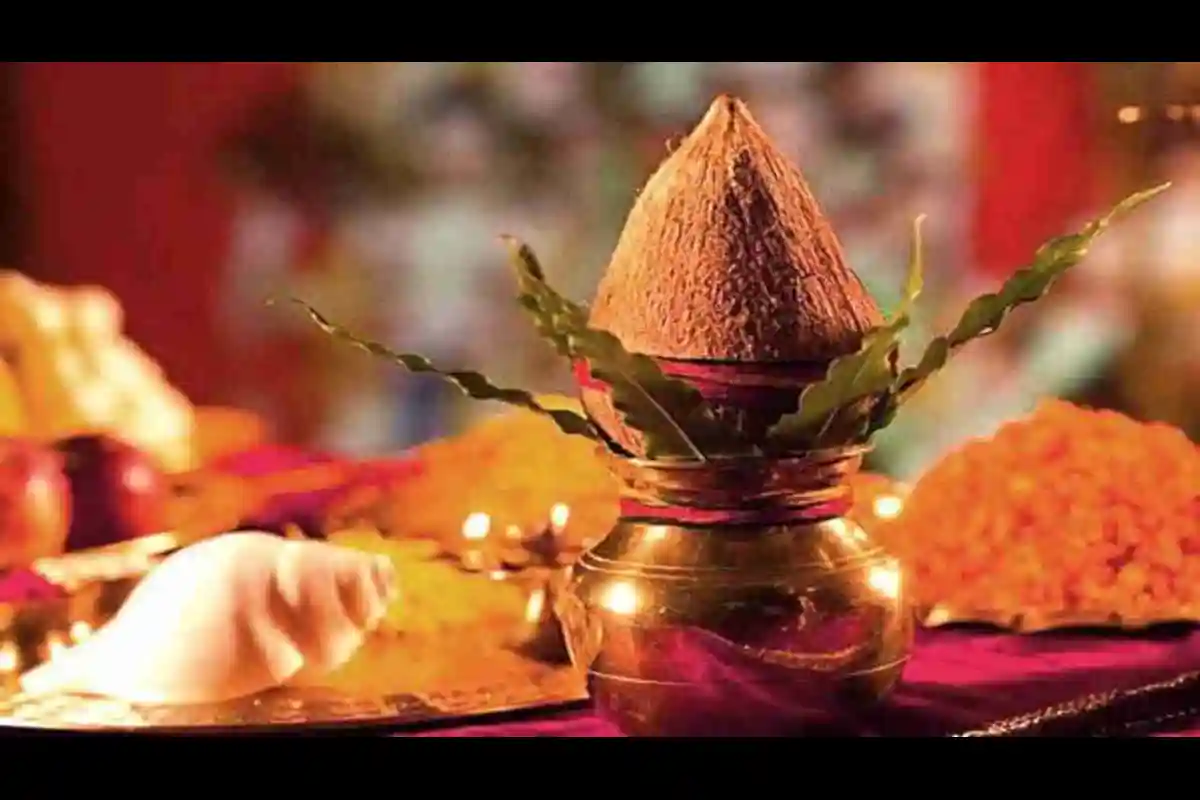
Navratri, which means to “nine nights,” is a Hindu holiday that is fervently observed twice a year. For nine days goddess Durga is worshipped in various forms. Sharad Navratri, which marks the beginning of the autumn season, is the most extensively observed Navratri and occurs in the months of October or November. Goddess Durga is adored in all her manifestations during both Navratris.
Let’s know the main difference between Sharad Navratris and Chaitra…
Vasant Navratri, or Chaitra Navratri, is celebrated during the Hindu month of Chaitra, which usually falls in March or April. It marks the arrival of spring and is a symbol of rebirth, fertility, and fresh starts. Though the essence of Chaitra Navratri is the same as that of its counterpart, it has unique cultural and geographical importance. Ram Navami, which commemorates Lord Rama’s birthday, brings a dimension of devotion to the celebrations that conclude this Navratri.
Of the two, Sharad Navratri is observed in September or October, the start of winter, during Ashwin Masa (a Hindu calendar month). This Navratri also commemorates the defeat of the demon Mahishasura by Goddess Durga, and the tenth day is known as Vijayadashami, marking the day that Lord Rama vanquished Ravana and retrieved Goddess Sita.
The timing and seasonal context of Navratri and Chaitra Navratri are among their main distinctions. While Chaitra Navratri coincides with the arrival of spring, Sharad Navratri takes place in the fall. Every season has its own meaning and symbolism; for example, spring signifies rebirth and growth, while autumn represents harvest and abundance. As a result, these seasonal factors determine how each Navratri’s rituals and customs are observed.
Also Read: Budaun: SP’s General Secretary Shivpal Singh Yadav Accuses Local Officials of BJP Bias
To read more such news, download Bharat Express news apps








